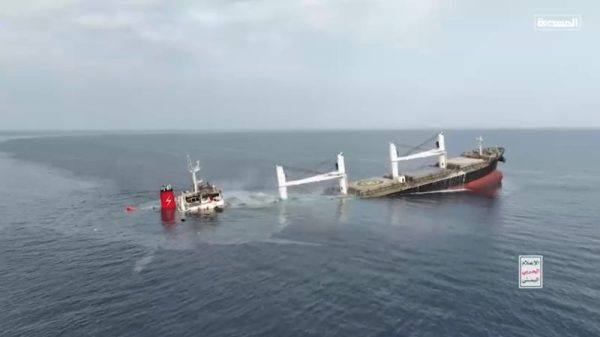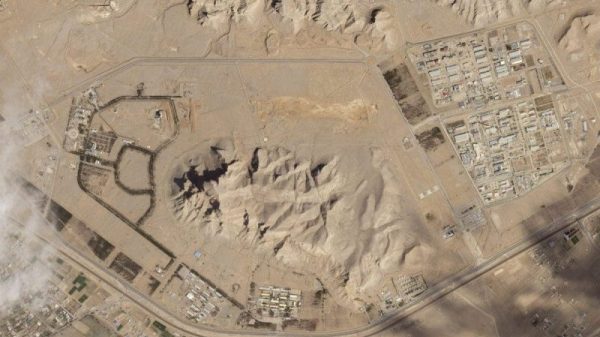Microplastics have been found in historic soil samples for the first time, according to a new study, potentially upending the way archaeological remains are preserved.
Researchers found microplastics in soil deposits more than seven meters (23 feet) underground, which were deposited in the first or second century CE and excavated in the 1980s, a team led by researchers from the University of York in the United Kingdom said in a statement published Friday.
In total, the study identified 16 different microplastic polymer types in contemporary and archived soil samples, the statement adds.
Microplastics are tiny pieces of plastic that are no larger than five millimeters (0.2 inches)—about the size of a single sesame seed—and form when larger plastics break down, either by chemically degrading or physically wearing down into smaller pieces.
They were also commonly used in some beauty products until around 2020, say researchers, and conversations about their proliferation in the world around us have spiked in recent years.
There are concerns about the impact of microplastics on the environment and on human health, but this latest study also suggests they could force a change in the entire field of archaeology.
While preserving archaeological remains in situ has been the favored approach in recent years, the new findings could trigger a change in approach, as microplastic contamination could compromise the remains’ scientific value.
“This feels like an important moment, confirming what we should have expected: that what were previously thought to be pristine archaeological deposits, ripe for investigation, are in fact contaminated with plastics, and that this includes deposits sampled and stored in the late 1980s,” John Schofield, a professor and director of studies in the University of York’s Department of Archaeology, said in the statement.
“We are familiar with plastics in the oceans and in rivers. But here we see our historic heritage incorporating toxic elements. To what extent this contamination compromises the evidential value of these deposits, and their national importance is what we’ll try to find out next.”
David Jennings, chief executive of York Archaeology, explained why microplastic contamination is such a concern.
“Our best-preserved remains—for example, the Viking finds at Coppergate (in the city of York)— were in a consistent anaerobic waterlogged environment for over 1000 years, which preserved organic materials incredibly well,” he said in the statement.
“The presence of microplastics can and will change the chemistry of the soil, potentially introducing elements which will cause the organic remains to decay. If that is the case, preserving archaeology in situ may no longer be appropriate.”
The study was published in Science of the Total Environment.






































